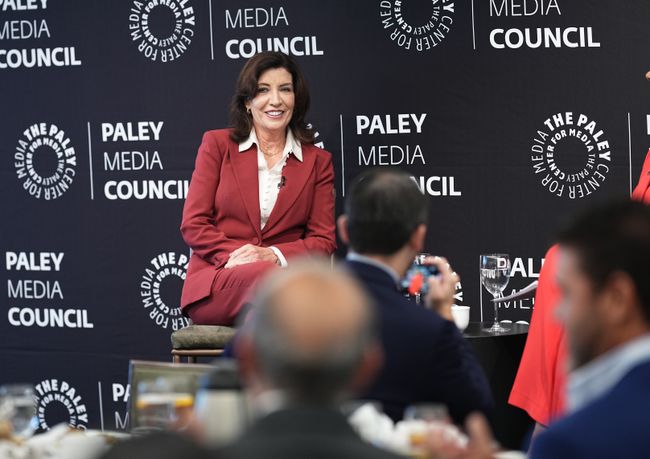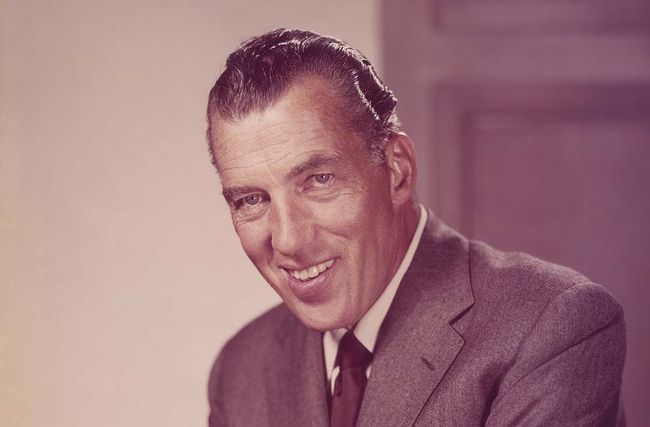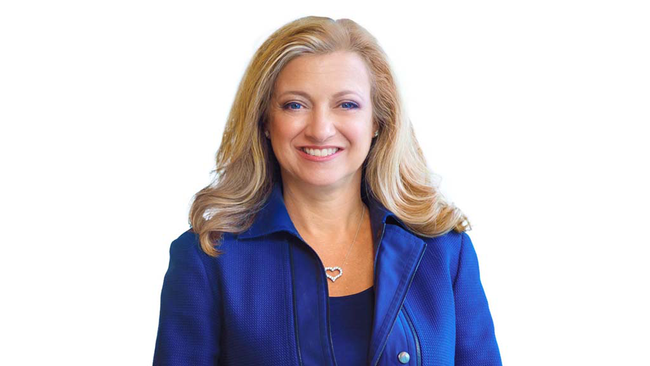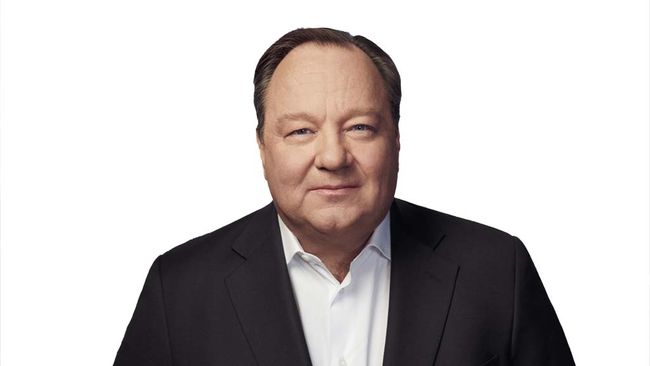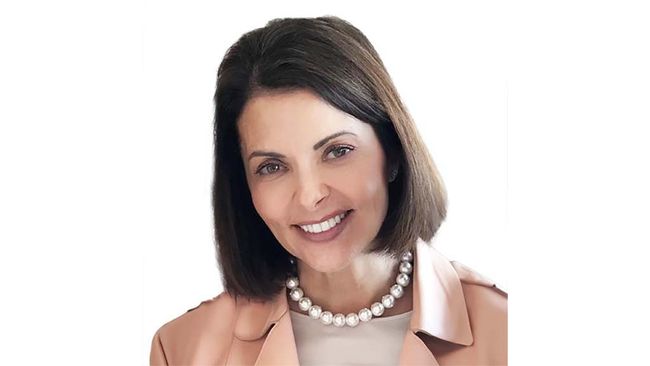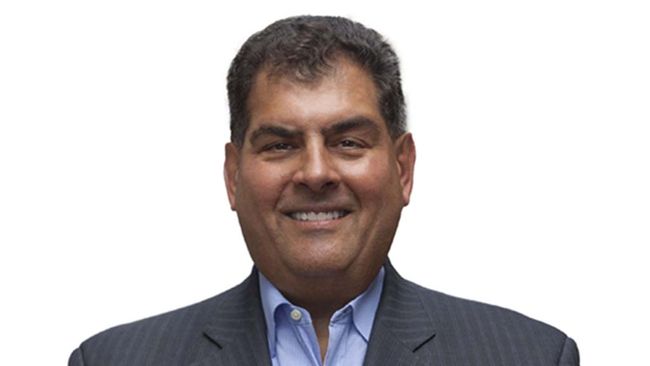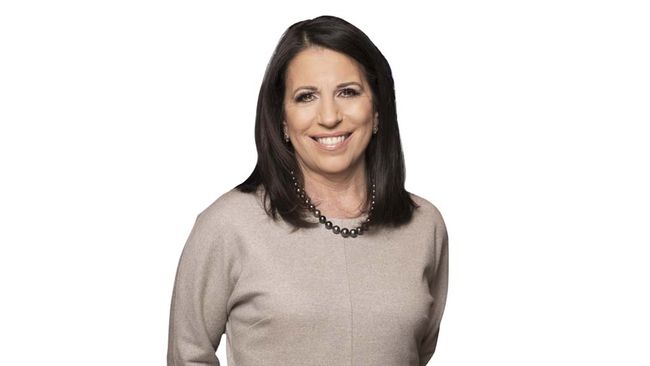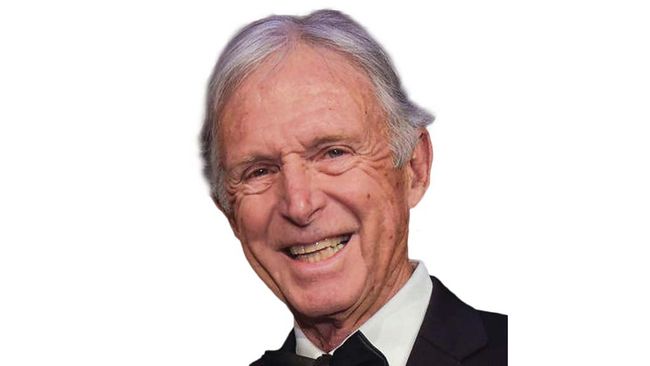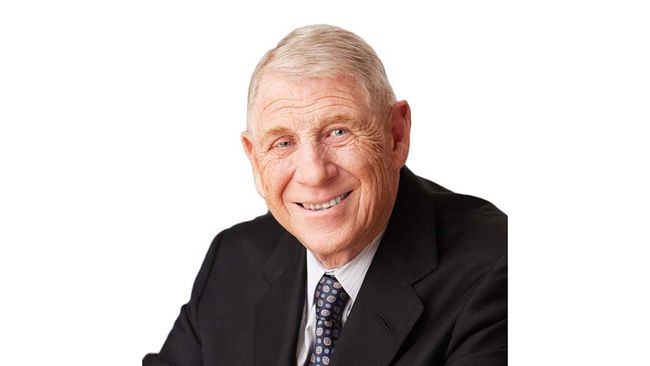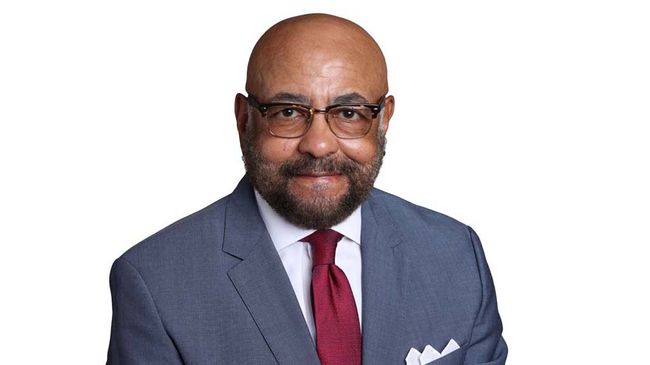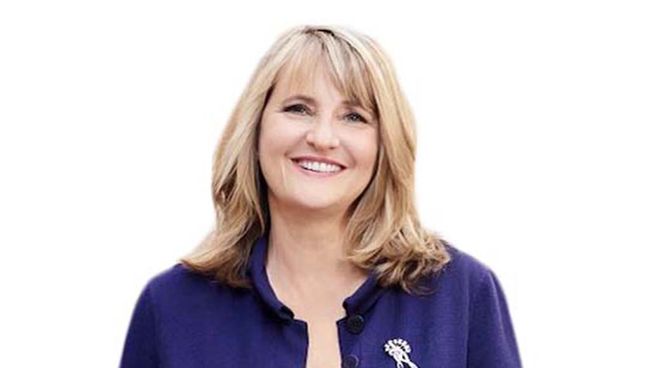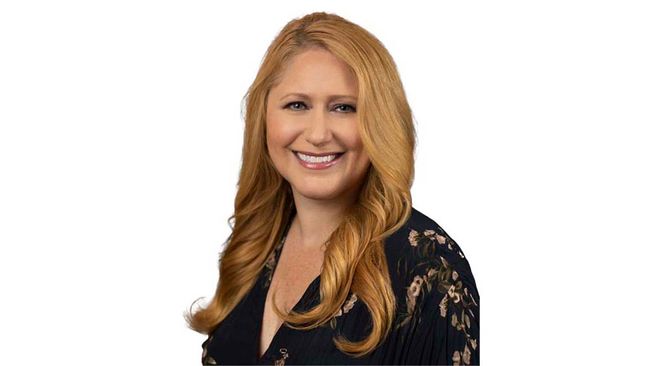Cable Clams Up on Its Next-Gen TV Recalcitrance
ATSC 3.0 pitch to FCC appears part of a broader industry stonewalling initiative
WASHINGTON — In the weeks since Charter Communications executives met with senior Federal Communications Commission staffers to explain their reluctance to carry ATSC 3.0 (“Next Gen TV”) signals, a continuing flurry of discussions has simmered, often couched in questions about why the cable operator picked now to voice its opposition to carrying the value-added broadcast transmissions.
The Next Generation TV rulemaking proposal has been percolating at the FCC for nearly two years as major broadcasters run field trials.
Charter’s primary points to the FCC were that it doesn’t intend to carry 3.0 signals, since broadcasters have not yet settled on standards, and that many of the proposed auxiliary services (such as wireless data transmission) don’t fit with retransmission agreements.
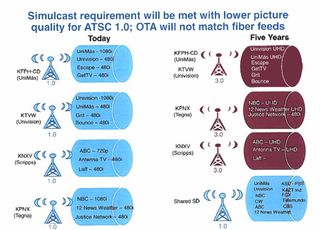
Analysts contend Charter’s meeting was “a ploy to slow down” ATSC 3.0. They claimed to be perplexed since cable equipment will be relatively inexpensive. Some believed it was part of a cable scheme to impede broadcasters’ entry into data transmission businesses.
Skeptics wondered about Charter’s timing, as the current ATSC 3.0 plan envisions at least a five-year period in which local TV stations will continue to transmit existing ATSC 1.0 signals.
Moreover, at the FCC meeting, Charter demonstrated the problems that will arise in Phoenix (site of the Pearl TV consortium’s NextGen TV field test), although Charter has only a small piece of that market. In fact, it used illustrations from Cox Communications, Phoenix’s largest operator.
Shortly after Charter’s ex parte disclosure of its late-July FCC meeting, One Media 3.0, Sinclair Broadcast Group’s high-tech development subsidiary, accused the operator of confusing standards with flexible uses for non-television delivery of data.
NEXT TV NEWSLETTER
The smarter way to stay on top of the streaming and OTT industry. Sign up below.
“If an MVPD [multichannel video programming distributor] and a broadcaster are motivated to add an ATSC-3.0 delivered feature or service to the MVPD’s platform, implementation will be achieved in a reasonable timeframe and based on mutual business objectives,” One Media executive vice president for strategic and legal affairs Jerald Fritz said. “Broadcasters have been working closely with equipment vendors to establish basic television service profiles.”
Managing director Anne Schelle said Pearl TV was working with CableLabs to explore “3.0 implementation in many different ways with cable.” She acknowledged it will take “more time,” but, like Fritz, Schelle noted that 1.0 transmissions will continue for several years.
After Charter’s filing, the SCTE’s Engineering Committee sent a message to Advanced TV Standards Committee president Madeleine Noland that was fundamentally a “thanks but no thanks” response to an invitation to begin working on cable carriage of ATSC 3.0. In its Aug. 13 memo (obtained by Multichannel News), the committee said it does not “feel that the ATSC 3.0 specification in its current form is ready for work in SCTE.”
As for the Charter executives who appeared before the FCC, they have clammed up. “We have no comment beyond the ex parte filing,” a Charter official said. “It speaks for itself.”
NCTA-The Internet & Television Association responded to a query about its stance by forwarding the trade group’s FCC comments from 18 months ago, with a spokesman adding it would have “nothing more to say.”
The National Association of Broadcasters said Charter’s filing “raises issues that are simply irrelevant.”
“The only apparent motivation behind Charter’s filing is its desire to stifle competitive innovation,” NAB executive vice president Dennis Wharton said.
Contributor Gary Arlen is known for his insights into the convergence of media, telecom, content and technology. Gary was founder/editor/publisher of Interactivity Report, TeleServices Report and other influential newsletters; he was the longtime “curmudgeon” columnist for Multichannel News as well as a regular contributor to AdMap, Washington Technology and Telecommunications Reports. He writes regularly about trends and media/marketing for the Consumer Technology Association's i3 magazine plus several blogs. Gary has taught media-focused courses on the adjunct faculties at George Mason University and American University and has guest-lectured at MIT, Harvard, UCLA, University of Southern California and Northwestern University and at countless media, marketing and technology industry events. As President of Arlen Communications LLC, he has provided analyses about the development of applications and services for entertainment, marketing and e-commerce.

